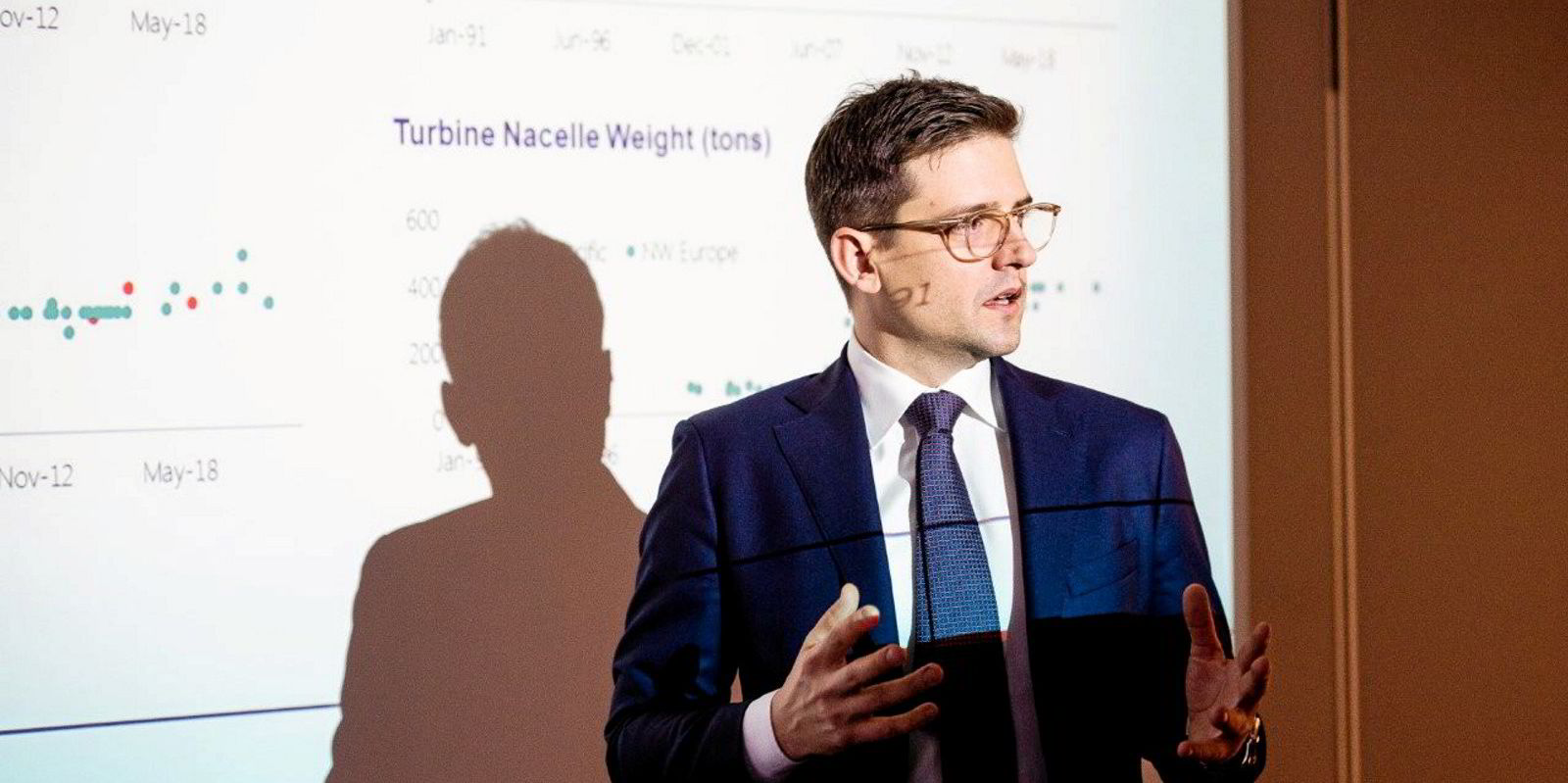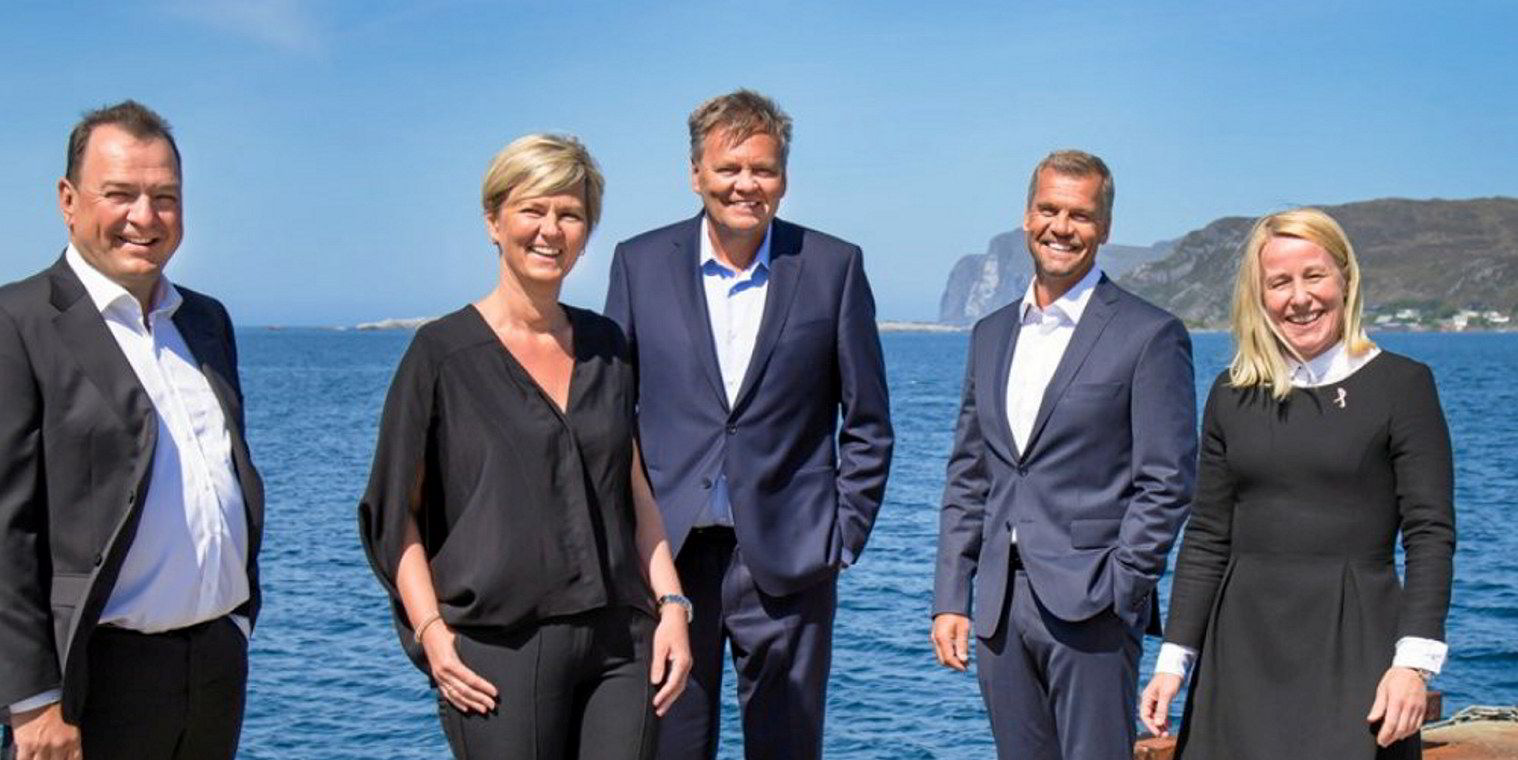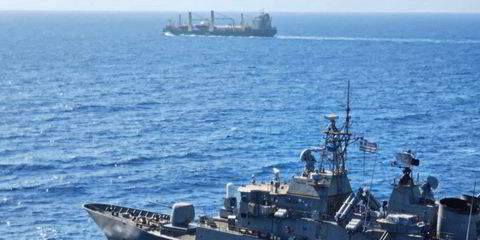It has been a volatile but exciting year for offshore wind vessels. In the first half, Covid-19-related shutdowns caused a sharp drop in power prices that led some in the sector to expect a slowdown in new projects.
That has not happened as wind-farm developers will have reached final investment decisions on more than 8GW of projects, we estimate — or nearly double last year’s total.
After a year like no other, TradeWinds asked 40 shipping industry stakeholders what they see for 2021 after a year beset by the coronavirus, and how the pandemic will shape shipping's future.
For shipowners, 2020 has been challenging from a logistical perspective. But, as a group, owners appear bullish, with investment in new wind vessels tripling so far in 2020 compared to 2019, with 24 units inked in the core service operation vessel, wind turbine installation vessel (WTIV) and crew transfer vessel segments, according to Clarksons data, and aggregate investment exceeding $2bn.
There have also been multiple deals for debt and equity, both public and private including initial public offerings of OHT and Cadeler in Oslo, Wilhelmsen’s private investment into Edda Wind, and a new green loan for Fred Olsen Windcarrier.
While deal flow and new investment trends look strong in 2020, rates remained modest this year, especially in the high-profile WTIV segment. Owners will be looking to add profits to their bottom lines as well as ships to their fleets in 2021 and the years ahead.
Orderbooks are elevated compared to many other shipping segments, but the consensus in the industry is that there are many years of demand growth ahead that may precipitate new investment in ships, especially ones with new green solutions and greater capacities to match the rapid expansion in the size of turbines.
Meanwhile, the election of Joe Biden appears to open the potentially vast US market. It seems the offshore wind vessel sector has the wind at its back.





